For athletes, the key to peak performance isn’t just about training harder - it’s about recovering smarter. Recovery is the critical period where the body repairs, rebuilds, and prepares for future challenges. However, one of the most overlooked factors in this process is thermal stress. Overheating during or after exercise can impair recovery, disrupt sleep, and ultimately hinder athletic performance. By monitoring thermal stress through Mij™, athletes can fine-tune their recovery strategies and optimize training cycles to achieve their full potential.
The Impact of Overheating on Recovery and Performance
Thermal stress occurs when the body generates more heat than it can dissipate, often during intense physical activity or in hot environments. This imbalance can lead to elevated core body temperature, which has significant implications for recovery and performance:
1. Slower Muscle Recovery
- Heat increases inflammation and prolongs the repair process of muscle fibers damaged during exercise.
- A study in the Journal of Applied Physiology found that elevated core temperatures impair protein synthesis, a crucial process for muscle repair and growth (Bishop et al., 2013).
2. Increased Fatigue
- Overheating accelerates dehydration, which impairs blood flow to muscles and reduces oxygen delivery, leading to early-onset fatigue.
- Dehydration can also impair the body’s ability to regulate heat, compounding thermal stress during subsequent training sessions (Casa et al., 2010).
3. Reduced Sleep Quality
- Elevated body temperature post-exercise can disrupt the body’s natural cooling process, which is essential for restorative sleep.
- Poor sleep due to overheating has been linked to slower recovery and diminished athletic performance the following day (Van Cauter et al., 2008).
How Thermal Stress Monitoring Boosts Recovery
Real-time monitoring of thermal stress allows athletes to gain insights into how their bodies respond to exercise and environmental conditions. This data empowers athletes to make informed decisions about recovery and training strategies:
1. Optimize Recovery Timing
- Thermal stress monitoring can identify when core temperature returns to baseline after exercise. Recovery techniques can be adjusted accordingly to avoid overtraining or starting the next session too soon.
- Athletes who monitor their cooling rates can implement targeted interventions like cold-water immersion, hydration tactics or ice packs to speed recovery.
2. Adjust Training Intensity
- By tracking thermal stress, athletes can identify high-stress periods and adjust their training load to prevent overheating and fatigue.
- Research in the European Journal of Sport Science shows that managing thermal load during training improves endurance and overall performance (Hausswirth & Mujika, 2013).
3. Enhance Performance in Hot Environments
- Monitoring thermal stress helps athletes prepare for competition in extreme heat by simulating conditions and adapting cooling strategies.
- Studies demonstrate that pre-cooling techniques, guided by thermal monitoring, improve performance in high-temperature events (Bongers et al., 2017).
Practical Strategies for Managing Thermal Stress in Recovery
- Incorporate Cooling Techniques Post-Exercise
- Use cold-water immersion or ice baths to rapidly lower core body temperature after intense training.
- Apply cooling towels or gel packs to key areas like the neck and wrists.
- Stay Hydrated
- Replenish fluids with water or electrolyte-rich beverages to restore hydration and support thermoregulation.
- Avoid drinks with excessive sugar or caffeine, which can exacerbate dehydration.
- Optimize Your Recovery Environment
- Maintain a cool and well-ventilated recovery space, especially after training in hot environments.
- Use fans or air conditioning to enhance heat dissipation.
- Track and Adapt
- Use wearable technology to monitor thermal stress and identify patterns in your recovery process.
- Adjust training schedules to align with cooler times of the day or favorable environmental conditions.
Recovery Through Precision
Thermal stress is a silent factor that can undermine recovery and athletic performance if ignored. By monitoring thermal stress, athletes gain valuable insights into how their bodies respond to exercise and environmental challenges. This data allows for smarter recovery strategies, better training cycles, and ultimately, peak performance.
Take control of your recovery process. With the right tools and strategies, you can minimize the impact of thermal stress and unlock your full potential as an athlete.

